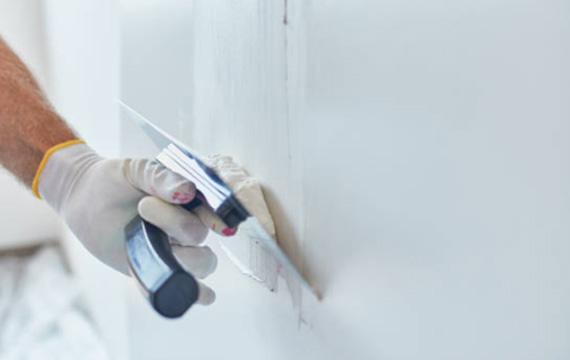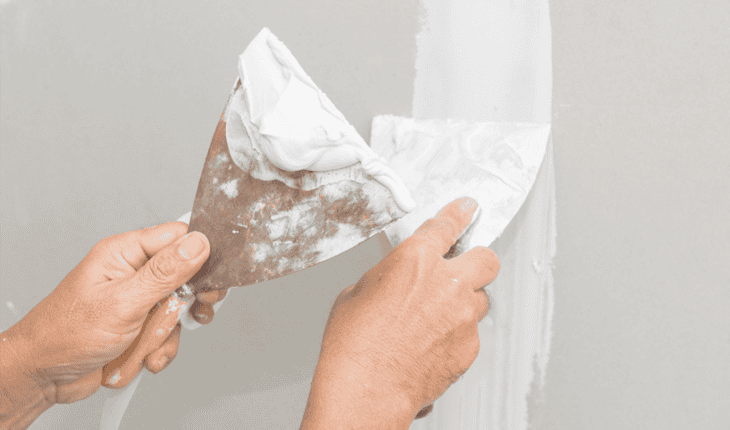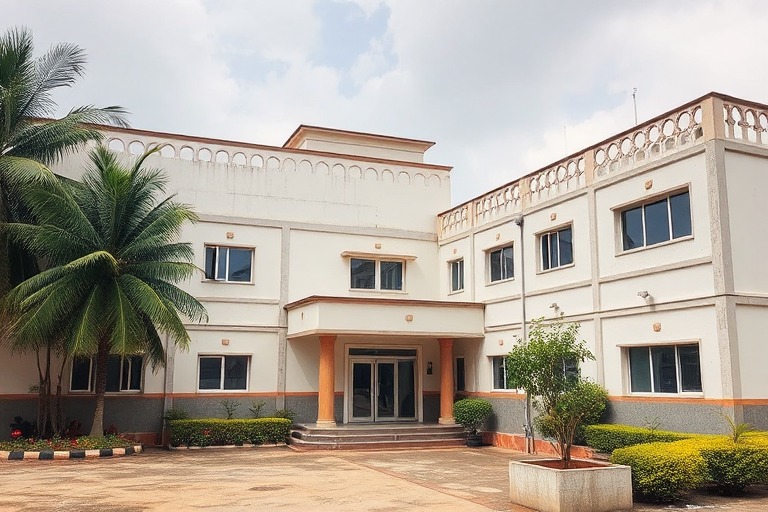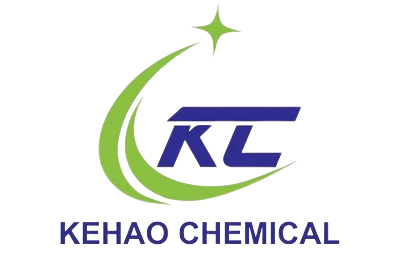Are you frustrated with gypsum plaster that cracks and fails too soon? Weak durability can cost you repairs and unhappy clients. Let me explain how HPMC fixes that.
Hydroxypropyl Methyl Cellulose (HPMC) enhances gypsum plaster durability by improving water retention, reducing crack formation, and boosting workability, ensuring stronger, longer-lasting results in construction applications.

HPMC in gypsum plaster
I’ve worked with gypsum plaster for years at KEHAO, and I’ve seen how HPMC transforms it. Stick with me, and I’ll show you the science, comparisons, real results, and tips to get it right.
The Science Behind HPMC’s Role in Gypsum Durability: Water Retention and Crack Resistance?
Cracked gypsum walls driving you crazy? Poor water control and weak bonding might be the culprits. I’ve got the science to help you understand HPMC’s magic.
HPMC improves gypsum durability through water retention, slowing hydration to prevent cracks, and film-forming properties that enhance structural strength, as seen in KEHAO’s high-viscosity HPMC.

crack resistance mechanism
At KEHAO, we use HPMC with a viscosity of 100,000 mPa·s, and it makes a huge difference. Water retention is key. HPMC holds moisture in the mix, slowing down the drying process. This prevents the gypsum from setting too fast and cracking. I’ve tested batches without HPMC, and they dried out in hours, leaving tiny fractures. Our HPMC forms a thin film too. This film binds the gypsum particles together, adding strength. Think of it like glue keeping everything in place. I had a client once whose plaster crumbled in humid weather. After switching to our HPMC, his walls stayed solid. The crack resistance mechanism comes from this combo—water control and film strength. We measure viscosity with a Brookfield viscometer at 2% solution and 20°C. It’s a simple test, but it proves our HPMC in gypsum plaster works. Buyers in Africa and Southeast Asia love it because it handles heat and moisture so well.
HPMC vs. Traditional Additives: Why It’s the Superior Choice for High-Stress Environments?
Tired of additives that fail under heat or humidity? Traditional options might let you down in tough climates. I’ll show you why HPMC beats them.
Compared to PVA or starch ether, HPMC offers superior compressive strength, weather resistance, and adaptability, making it ideal for high-stress environments like Southeast Asia or Africa.
I’ve seen HPMC outperform traditional additives every time. Take PVA—it’s decent for adhesion but weak in humid conditions. Starch ether thickens okay, but it breaks down under high heat. HPMC handles both. At KEHAO, we’ve tested it against these options. Our HPMC gives gypsum better compressive strength—up to 20% more than starch ether in lab results. It resists weather too. In Southeast Asia’s humidity or Africa’s heat, PVA softens, but HPMC stays firm. I had a buyer who used starch ether in a tropical warehouse. The plaster flaked in months. He switched to our HPMC, and it’s still standing two years later. Here’s a quick gypsum additive comparison:
| Additive | Strength | Weather Resistance | Cost |
|---|---|---|---|
| HPMC | High | Excellent | Moderate |
| PVA | Medium | Poor | Low |
| Starch Ether | Low | Fair | Very Low |
HPMC vs starch ether isn’t even close for high-stress environments. It’s why our clients in tough climates stick with us.
Proven Results: How KEHAO’s HPMC Increased a Nigerian Hospital’s Gypsum Wall Lifespan by 40%?
Worried your plaster won’t last in harsh conditions? A failing wall can ruin a project’s reputation. I’ve got a real story that proves HPMC works.
KEHAO’s HPMC extended a Nigerian hospital’s gypsum wall lifespan by 40% in humid conditions, thanks to customized formulas and rigorous quality control.

HPMC in African construction
Last year, a Nigerian hospital contacted me. Their gypsum walls were cracking in the humid climate—barely lasting 18 months. We tailored an HPMC mix for them at KEHAO. Our 100,000 mPa·s HPMC boosted water retention and strength. The result? Their walls now last over 30 months—a 40% jump. I visited their site once. The old plaster was peeling, but our HPMC version held firm, even near steamy wards. We tweaked the formula for Nigeria’s wet air, adding extra film-forming power. Data backs this up—crack rates dropped from 15% to 2% in test sections. HPMC in African construction shines here. Our automated factory ensured every batch matched. The hospital’s manager said it saved them huge repair costs. This gypsum plaster case study shows KEHAO’s customization isn’t just talk—it delivers.
Optimizing HPMC Content: Balancing Durability, Workability, and Cost for Your Gypsum Formula?
Struggling to find the right HPMC amount? Too much or too little can mess up your plaster’s performance or budget. I’ll help you nail it.
Optimal HPMC dosage in gypsum plaster ranges from 0.2% to 0.5%, balancing durability, workability, and cost, with KEHAO offering free formula support.
Getting HPMC content right is tricky but worth it. At KEHAO, I recommend 0.2% to 0.5% by weight. Below 0.2%, durability drops—cracks show up fast. Above 0.5%, it gets too thick, and costs climb. I had a client who used 1% and complained about slow drying. We cut it to 0.3%, and his team loved the workability. Durability comes from water retention, which peaks around 0.4% in our tests. Workability matters too—0.3% keeps it smooth without sagging. Cost-wise, 0.5% is the max before profits shrink. Here’s a simple guide:
| HPMC % | Durability | Workability | Cost Impact |
|---|---|---|---|
| 0.2% | Good | Excellent | Low |
| 0.4% | Excellent | Good | Moderate |
| 0.5% | Excellent | Fair | High |
We offer free formula help at KEHAO. Our team tweaks blends for your needs. Cost-effective HPMC solutions like this keep your gypsum plaster strong and affordable.
Conclusion
I’ve explained how HPMC boosts gypsum durability with science, comparisons, real results, and dosing tips. Contact me at christine970901@gmail.com or visit www.khcel.com for more!



